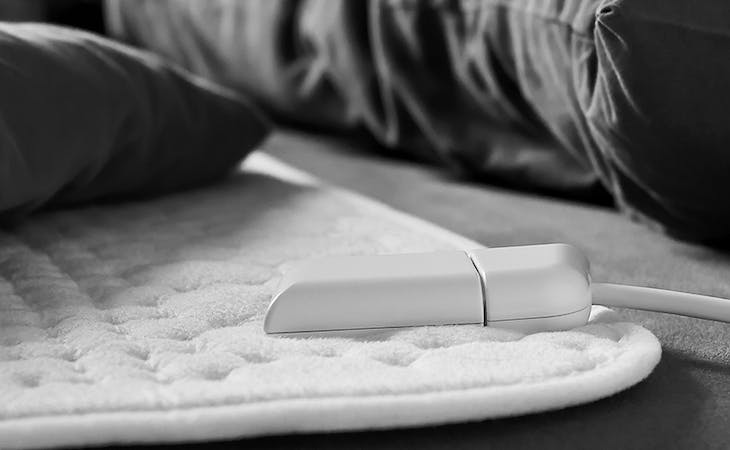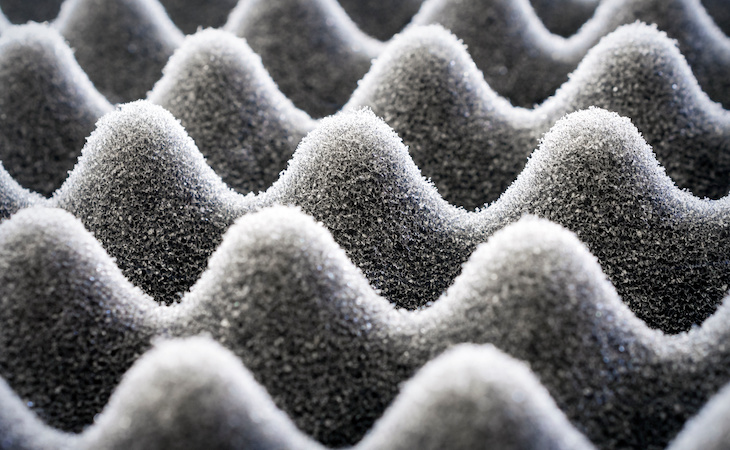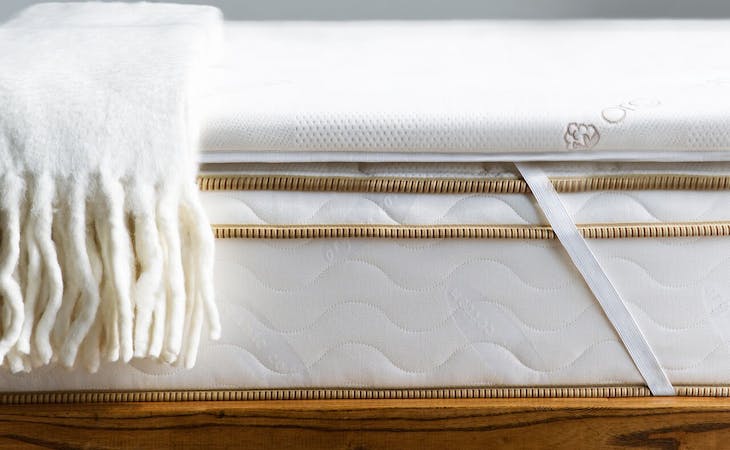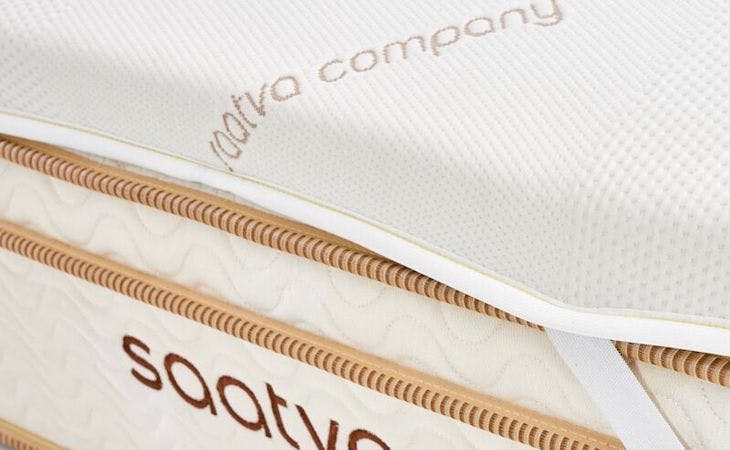Unless you really want to heat river stones in a fire, fill an antique metal bedwarmer, then slide the long-handled frying-pan-like object between your bedsheets, you may want to consider an electric blanket or electric mattress pad to add extra warmth to your bed during the cold months.
One really appealing feature of either an electric blanket or electric mattress pad is the money it will save on energy costs by letting you lower the thermostat at night. For every degree that you turn down the thermostat, you’ll save 1% on heating bills, according to the Department of Energy. Plus, a cool room is more conducive to sleep. (And don’t worry about the cost of running the electric blanket or pad: these devices consume very little electricity.)
Whether you choose an electric blanket or mattress pad is a matter of preference: Would you rather be heated from above (blanket) or below (pad)? There are other differences too. Here’s what you need to know.
Electric blankets and electric mattress pads: general considerations
Safety is the number one consideration for any electric bedding, according to the Electric Blanket Institute. The institute recommends never purchasing an electric blanket or electric mattress pad that does not show the UL (Underwriters Laboratories) or ETL (Electrical Testing Laboratories) mark on it, indicating it has met rigorous safety standards.
Today’s electric blankets and pads don’t get as hot as older ones. Since the late 1980s, electric bedding in the U.S. has been designed to be used all night long at a low level of heat. This has prevented many of the fires that used to happen in this country, and still happen in countries that continue to use high-wattage bedding.
The second thing to pay special attention to is durability. The controls should function properly and the fabric should hold up well through repeated washings, with no exposure of wires or compromising of safety. Look for a minimum five-year warranty, although a good electric blanket or mattress pad can last longer.
Finally, consider how hard or easy the controls are to operate. Easy-to-turn knobs or digital pushbuttons may be important for those with limited grasping ability. Someone with poor eyesight may want a control with bright numbers on the setting dial. (Note that queen- and king-size electric blankets typically come with two separate controls.)
Electric blankets vs. electric mattress pads: What’s the difference?
While they both keep you toasty, electric blankets and electric mattress pads have a few key differences. The main differences are in the way they heat, how safe they are, and what other blankets or comforters you can use them with.
- Heat retention: An electric mattress pad is a more efficient heater than an electric blanket. With a pad, your body and bedding act as insulators, holding in the heat, whereas half the warmth generated by an electric blanket simply radiates upward. Electric mattress pads are also better at masking heating wires, as they are covered by sheets. Most electric mattress pads heat up quicker than blankets—five to 10 minutes versus up to an hour or longer.
- Safety: Electric mattress pads are safer from overheating because they lie flat and don’t become balled up like a blanket, which can cause overheating and other potential problems.
- Choice of top covers: You can use whatever type of sheet, blanket, comforter, or combination you prefer with a heated mattress pad, whereas you can’t have another cover over an electric blanket. (Do you sleep with a top sheet? Take our top sheet poll to let us know.)
What to look for in an electric blanket or electric mattress pad
Here are a few things to consider as you look at different electric blankets and electric mattress pads:
- Heat control: Multiple temperature options come in handy because some nights are colder than others. Most blankets and pads have three to five settings, though some have up to 20. Blanket and pad temperatures are usually in the 80° to 100° range, but some have a slightly lower minimum temperature and some have a max temperature quite a bit higher than 100°. If you tend to have cold feet, you can find blankets that offer an additional zone of warmth at the bottom to quickly warm cold feet. (Here are five tips for creating a cozy winter bedroom.)
- Dual heat levels: If you share the bed with a partner—particularly one who runs hotter or colder than you—dual heat levels may be important. Separate settings are available in most queen-size and larger electric blankets and electric mattress pads.
- Pets: It is not a good idea to use an electric blanket if a pet sleeps in or on your bed. Instead, the Electric Blanket Institute recommends a low-voltage blanket or stain-proof low-voltage mattress pad for those whose slumber time includes pets.
- Timer: If you don’t need the electric blanket or electric mattress pad on all night, choose one with a timer that can be programmed to automatically shut it off. This is also a good feature to make sure you don’t inadvertently leave your heated bedding on in the morning.
- Comfort: The outer covering of an electric blanket can be made of cotton, polyester, fleece, or another material. Soft, plush polyester is the most common option. Hold it in your hands to be sure you can’t feel the wires—you shouldn’t be able to in most of the heated blankets made today. As for electric mattress pads, a polyester/cotton blend is ideal since cotton helps wick away moisture. (Polyester doesn’t absorb moisture as well as cotton, so a 100% polyester electric mattress pad may make you feel sweaty.) Make sure your electric mattress pad has some sort of internal fill, as this will mask the feel of the wires inside it.
- Washability: Controls can be detached from the electric blanket or mattress pad so you can throw it in the washing machine.
- Comforter or other blankets on top: The Electric Blanket Institute reports that most electric blankets or electric mattress pads designed for the U.S. market allow for other bedding—except another heated product. (Check out our guide to choosing the best comforter for your bed.)
Is it safe to use an electric blanket with a memory foam mattress?
According to the Electric Blanket Institute, there is no safety problem using one with a good memory foam mattress (unlike cheap egg-crate type foams). But opinion is divided on using electric mattress pads with memory foam. Because memory foam softens in response to heat, some say that a memory foam mattress that’s too warm won’t properly support the body. Others say memory foam’s support and comfort are unaffected by the extra warmth. There is no safety issue, but with opinions divided on the subject, it’s up to you to decide whether you want to use an electric mattress pad on a memory foam mattress.
FAQs
Is it healthy to sleep with an electric blanket?
It can be healthy to sleep with an electric blanket as it adds extra warmth to your bed during the cold months. Just make sure the electric blanket you choose has met rigorous safety standards.
Do electric mattress pads use a lot of electricity?
Electric mattress pads don’t use a lot of electricity as they’re designed to be used all night long at a low level of heat. They’re also safer from overheating because they lie flat and don’t become balled up like a blanket.









